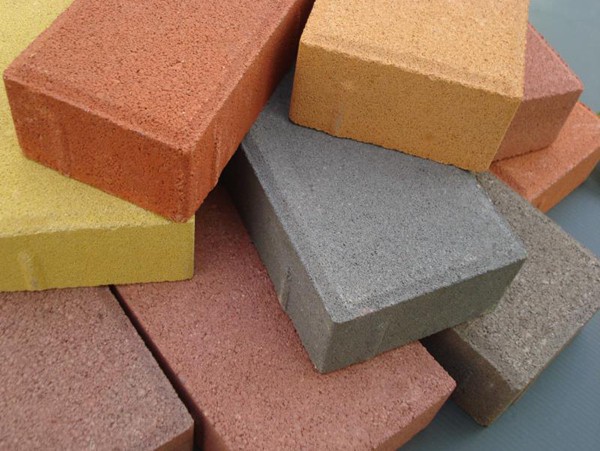If there are two fired bricks in the middle of a high-temperature furnace with different temperatures,there will be a temperature difference,and the process of heat transfer is called heat transfer,which requires us to understand its four major heat transfer methods.Below,the editor has compiled a few points for everyone's reference:
1.Heat transfer rate:refers to the amount of heat transferred through the heat transfer surface of fired bricks per unit time.
2.Heat flux:refers to the amount of heat transferred by fired bricks through a unit heat transfer surface per unit time.Heat flux is also known as heat density.
3.Steady state heat transfer:a heat transfer process in which the temperature at each point in a heat transfer system changes only with position and not with time.The characteristic of steady-state heat transfer is that the heat transfer rate through the heat transfer surface is a constant.
4.Non steady state heat transfer:In a non steady state heat transfer system,the temperature at each point along the way not only changes with position,but also changes with time.
The superiority of fired bricks in terms of breathability and permeability has been fully demonstrated in today's green civilization.Its quaint charm combined with natural landscapes reflects the harmonious dialogue between humans and nature.Fired bricks rely on convection and steady-state heat transfer.Due to the movement of particles inside the fluid,the heat of the fired brick is transferred from one location to another,resulting in faster heat transfer.
